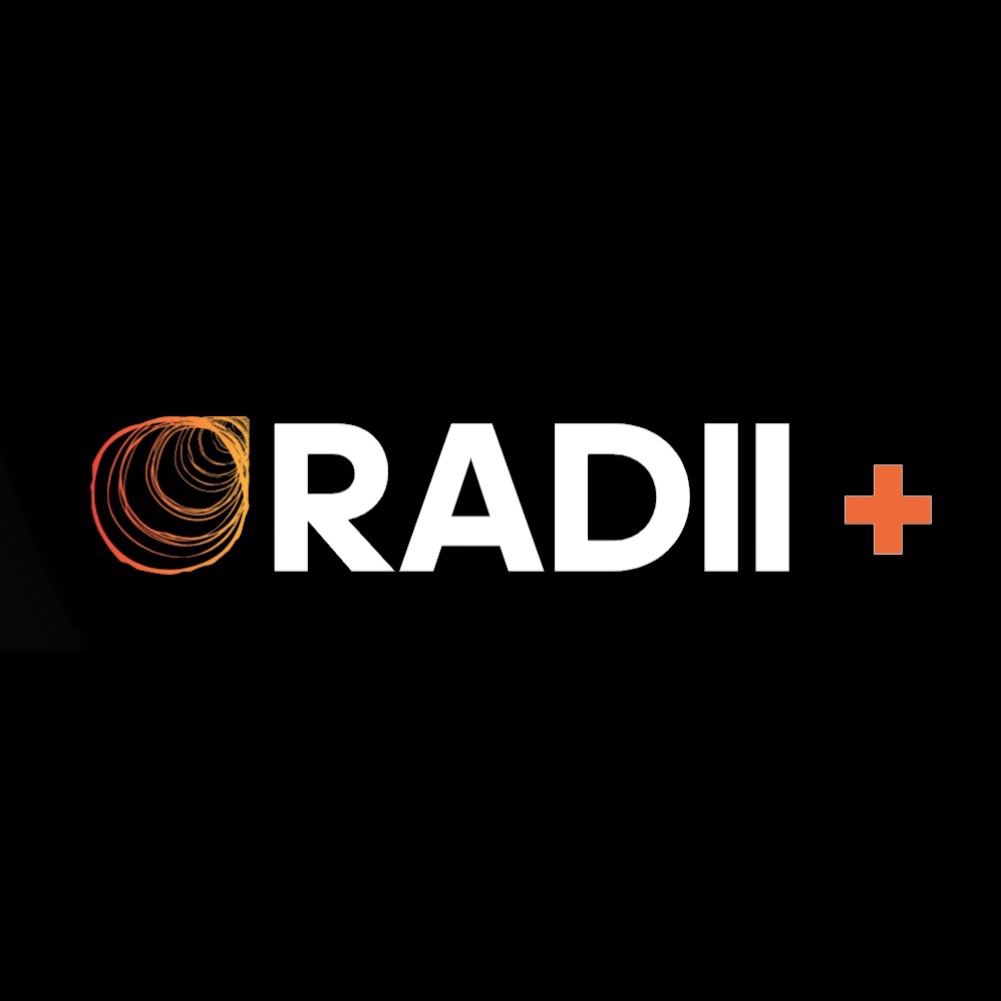For much of the digital advertising age, the industry has slashed prices and quality.
However, in the last five years, many advertisers have explicitly incorporated media quality into their measurement and purchasing strategies. As buyers demonstrate that high-quality media provides better value, even at higher pricing, the market for quality-based programmatic solutions expands.
Perhaps the most prominent result of this change to quality has been the growth of attention measurements, which Google and YouTube are now using. However, the new emphasis on quality extends to various forms of media, as well as creative and audience/data quality assessments. It also includes bespoke algorithms and effectiveness/incrementality metrics that go beyond last click or multi-touch attribution (MTA).

The incorporation of quality measures into our existing operations is only the beginning. A bigger difficulty awaits: comparing media quality to a marketer’s short- and long-term objectives.
Predigital paradigms fail in a postdigital environment.
In the predigital period, most channels were better suited for brand impact (upper funnel, long term), while others were more suited for direct-response impact (lower funnel, short term).
The digitization of all channels fundamentally disrupted that paradigm. Every pixel on every screen can now serve varied purposes depending on a variety of complicating circumstances, such as location and time of day, device type and identification, or audience signals indicating intent and affinity.

Predigital commercials might be designed, purchased, and analyzed solely based on their expected impact in the short or long term. Today, however, the value of nearly every digital ad must be analyzed across both time frames.
This difficulty is not new to marketing, as Les Binet and Peter Field stated in their 2013 book, “The Long and Short of It.” However, it was not a high priority for the great majority of previous media-buying decisions.
For example, the impact of TV advertising was largely examined in the medium and long term (such as increased brand awareness or market share), but it was also evaluated in the short term using proxies such as surges in offline/online traffic or hotline calls to predict future sales.
While most digital ads can be measured in the short run (though genuine incrementality remains challenging), much of their worth is generally realized after the short term. Even if they do not immediately convert, those ad impressions may influence them in the future.
Let’s look at how buying and measurement that considers both short- and long-term effects could work in a conventional brand awareness channel: TV, currently known as CTV.

Consider a middling automaker unveiling a new electric SUV. It is running a nationwide CTV campaign. However, it is also stepping up efforts in locations with a high index for EVs and SUVs, as well as device/household IDs associated with increased intent and affinity. This campaign should be evaluated for its immediate influence on in-market customers, as well as its long-term impact on individuals who are not now in-market.
To measure near-term impact, the marketer will use attribution approaches that link ad exposures to these (hopefully incremental) outcomes. Probabilistic approaches and geo-based trials are likely to play a role as well.
The advertiser may not know how much the ad served to IP 123.456.789 contributed to that household’s automobile purchase within 30 days, but they can determine whether campaigns with specific qualities performed better than others across different geographies.
For long-term impact, marketers can use proxies to determine whether the commercials increased mental availability or the consumer’s capacity to recall the brand while making a purchase. This is especially significant for people who were not in the market during the campaign. Such proxies include search share, brand lift in awareness and consideration, and so on. The marketer would also use traditional proxies like reach and frequency, but with adjustments to represent media quality across dimensions such as time of day, day of week, and channel.

Ideally, campaigns are designed to allow for cross-regional experimentation with diverse media, audience, or creative treatments, allowing for the measurement of various short- and long-term outcomes.
Over time, such results should be incorporated into the brand’s best practices to achieve the appropriate level of uplift based on the business needs and campaign plan. A CTV campaign aims to compel <5% of exposed, in-market users to take quick action by prioritizing material that drives that action. The remaining 95% should receive adverts in places where the price matches the value based on expected attention and receptiveness (aka quality) levels. This enhances the likelihood that people will recall the brand when they return to the market later.
Automate the solution.
That is only one example of how to consider both short- and long-term effects when evaluating media quality. However, the true problem is developing systems that can do this at scale for the vast majority of purchasing and measuring decisions.
As the industry moves toward more automated systems, we must create technology, processes, and best practices to avoid repeating past failures. We must do all of this while taking into account the particular conditions of each brand, campaign, objective, and media mix. And we cannot allow the ecosystem to continue prioritizing short-term impact over long-term impact, such as with “AI solutions” that optimize for ROAS (which is a problematic metric for many reasons and is frequently measured in a single time frame).
Reaching this stage – abandoning vanity metrics and non-incremental attribution models in favor of quality and incremental effectiveness – was a daunting task. But it seemed inevitable.
Convincing marketers to value long-term results as much as short-term impacts, and to do so concurrently? That’s arguably the more difficult challenge. However, it is the only method to reduce the risks of short-termism while also achieving long-term success.
Step into the ultimate entertainment experience with Radii+ ! Movies, TV series, exclusive interviews, live events, music, and more—stream anytime, anywhere. Download now on various devices including iPhone, Android, smart TVs, Apple TV, Fire Stick, and more!


